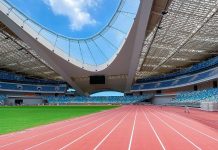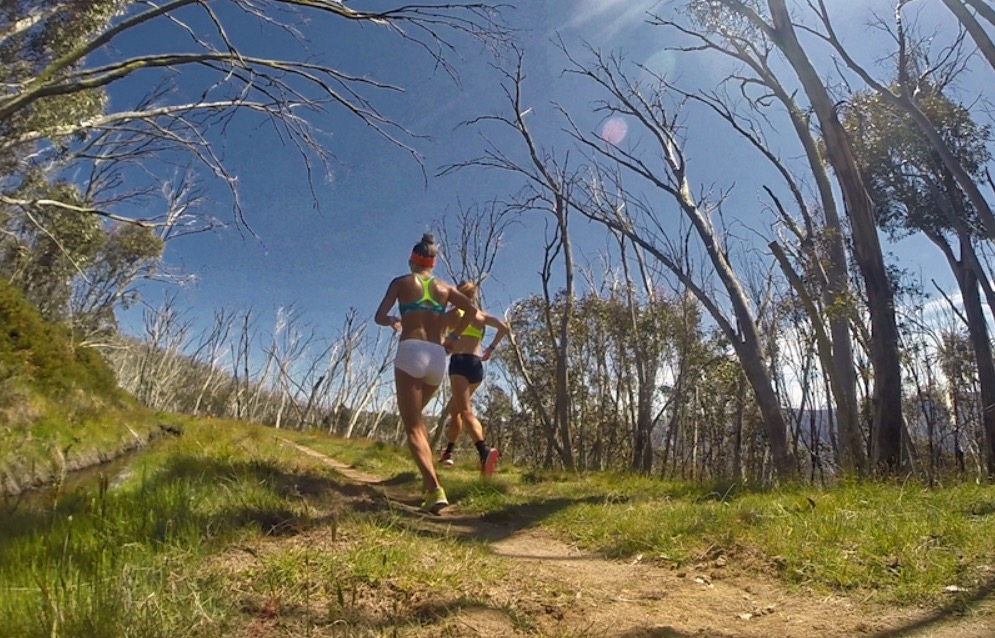Nick Cross and Todd Anderson are leading physiotherapists, based in Melbourne.
By Nick Cross and Todd Anderson
Falls Creek is renown as a hot spot for distance runners, from the recreational enthusiasts to the elite athlete. It encompasses unique trails, hills and rugged surroundings, it also provides near perfect running temperatures. All of these factors make for an ideal training location.
However, with high enthusiasm for athletic improvement often we hear patients describe increase in training volumes, changes in intensity and first-time exposure to uneven ground. With this can come tendon pain, especially in the Achilles (Becker, James, Wayner, Osternig, & Chou, 2017; Rosengarten et al., 2015).
Tendon pain/symptoms can affect runners of different ages, under different loads and with varying degrees of symptoms. This can ultimately affect the runners capacity to function confidently.
5 tips to help reduce the risk of developing Achilles tendon pain at Falls:
- Ensure good base level of strength (achieved through a strength & conditioning program – running specific)
- Avoid unloading and reloading too rapidly.
- Keep the training load consistent on a weekly basis (Gabbett, 2010).
- If reloading after a break, increase in activity must be slow and progressive.
- Monitor symptoms in the tendon, especially the next morning after running. Tendons take some time (24-48hrs) to tell you whether they were happy with the session you completed (Rosengarten et al., 2015). This can tell you a lot about how it’s coping with your running progression (If it “worsens” it’s simply saying it was too hard).
If pain is identified, consulting a stride physiotherapist in regards to putting a management plan in place, can enable the athlete to continue exercising at a safe and appropriate level (Silbernagel, Thomee, Eriksson, & Karlsson, 2007).
If you suspect you have developed some tendon pathology, you might be experiencing the following:
- The tendon aches.
- The ache stays isolated.
- It feels like it warms up with exercise.
- When on the cool down, or later that day and for the following days your symptoms may worsen.
If you fit the clinical picture a good physiotherapist can help manage your symptoms by:
- Addressing your training and strength program.
- Provide you more information about your symptoms (Mallows, Debenham, Malliaras, Stace, & Littlewood, 2018) and what to avoid (rubbing or stretching the tendon, consecutive running days at high intensity) (Cook, 2018).
- Teach you how to continually load your tendon effectively (Malliaras, Rodriguez Palomino, & Barton, 2018).
- Find an appropriate baseline level of activity that the tendon can handle(Pizzolato et al., 2018).
- Show you how to keep symptoms at a relatively low level with specific types of exercises(Rio et al., 2016; Rio et al., 2015).
- Introduce strength exercises when the tendon is slightly less painful, to build strength, capacity and its ability to handle faster activities (running) (Cook & Purdam, 2012; Silbernagel et al., 2007).
As a physiotherapist that works with high level runners, Achilles tendon pain is a common presentation. It is important to recognise as a runner that the key ingredients for tendons is patience and persistence. Too often we find patients presenting claiming that exercise intervention hasn’t worked, which is what occurs in about 45% of patients( Malliaras et al., 2018). However, the common factor in this patient group is that they have rushed their rehab, and as a result have missed imperative strength and biomechanical components (Alfredson, 2017; Becker et al., 2017; Cook & Purdam, 2012; Franettovich Smith, Honeywill, Wyndow, Crossley, & Creaby, 2014) prior to returning to running.
I can completely understand that time away from the chosen activity can be frustrating however, patients who do extremely well are the ones who understand their pathology, have a plan in place and have been given an individualised program over an appropriate time that allows for tendon adaptation.
Nick Cross and Todd Anderson
Melbourne CBD Physiotherapy
The Stride





























